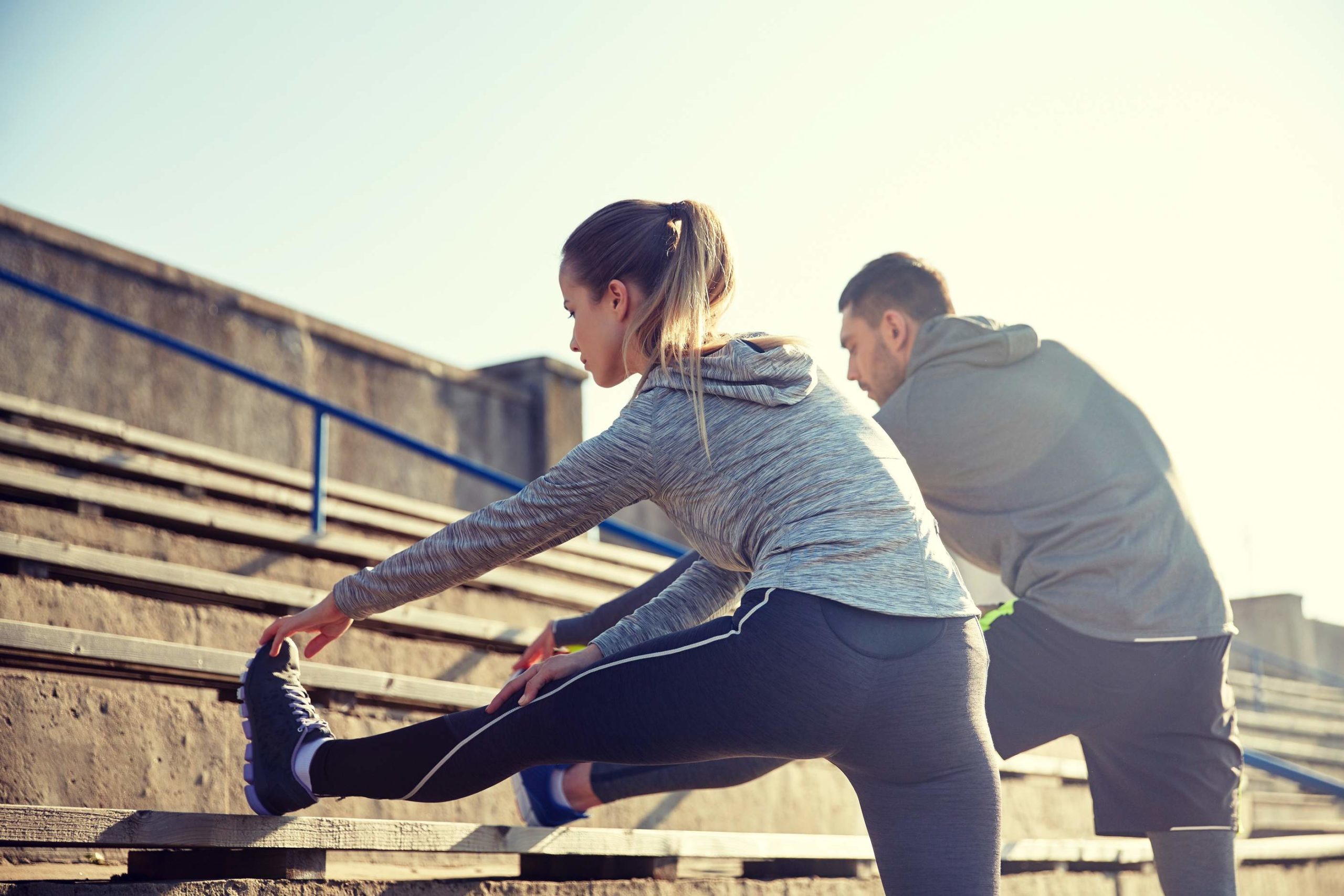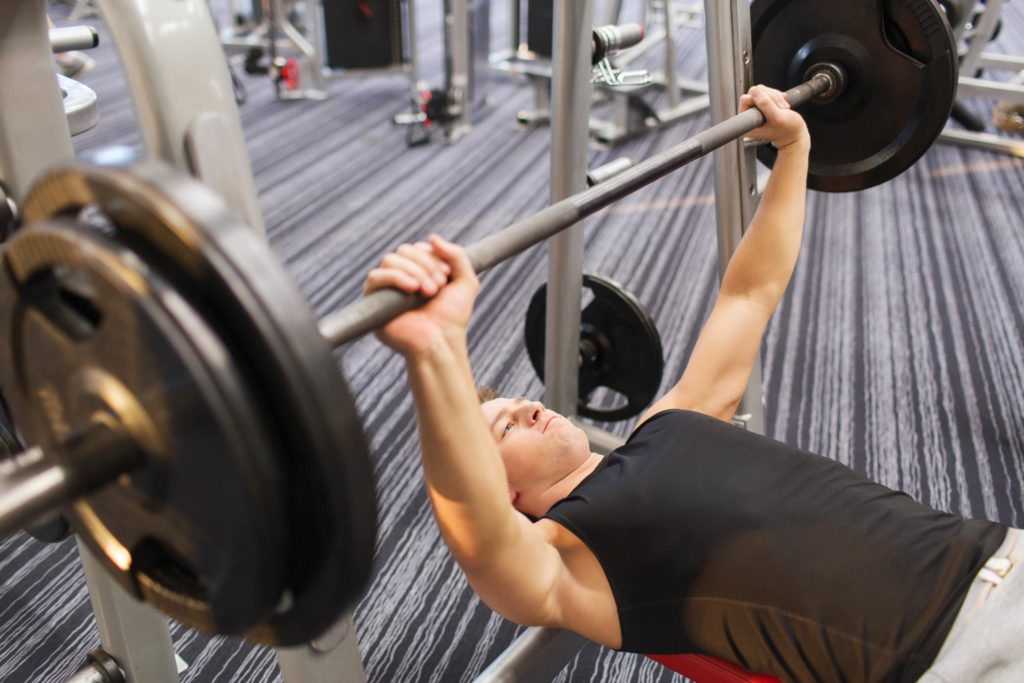What you should do if you have sore muscles

If you train hard enough and maybe even go to your limits, sore muscles are often the logical consequence the next day. But what does this sometimes quite an unpleasant feeling actually mean? Are sore muscles really okay after training or do you have to worry?
Micro injuries in the musculature
Anyone who exercises regularly and with sufficient intensity knows the feeling when the muscles that are being used start to hurt the next day. They feel stiff, are sensitive to pressure and many movements are difficult. In general, we call these stiff muscles. The more precise technical term is “Delayed Onset Muscle Soreness”. Translated this means “delayed muscle soreness”. This is caused by tiny injuries within the contracting muscles. The tissue is slightly inflamed, sometimes even swollen. This is usually not a cause for concern. After all, when muscles start to contract after a hard workout, it only shows that they are starting to grow.
Sore muscles and what happens in the body
- With beginners, the body first learns to activate muscle fibers that have been lying around lazily until now. This has nothing to do with thickness growth. The aim is, first of all, to perform the movements as economically as possible. In the course of time, ed is then able to manage the same weight with less effort.
- After several training sessions, when the lazy muscle fibers have turned into busy bees, the muscle will also grow if it is sufficiently challenged. The whole thing works through a cell nucleus donation. This ensures that the substance the muscle is made of is produced: protein.
- If we lift sufficiently heavyweights, the muscle fibers break up and tiny cracks appear. These attract so-called satellite cells. These only come when they are needed and produce protein material at the injured area for repair. In the process, they fuse with the muscle fiber, new cell nuclei are formed and it is precisely these that produce the additional protein. As a result, the muscle grows.
Sore muscles are fine, mostly
So does it sound like it’s a good thing that the muscle hurts after a workout? But it’s not quite that simple. If you want to increase your performance, you should actually train so hard every now and then that the muscles are clearly noticeable the next day. This does not necessarily have to be sore muscles. But a certain stiffness and firmness of the muscles you have trained before are definitely advisable. But this stiffness should not last longer than 48 hours. If your muscles ache beyond this period, you have probably overdone your training. This increases the risk of injury.
Let sore muscles regenerate first
Scientists from Norway also discussed whether it makes sense to exercise if you have sore muscles. The answer: Better not, or if you do want to move, then only a regenerative training. This includes, for example, running slowly or going swimming. Intensive units are not advisable, because your technique also suffers from stiff muscles. During strength training, you can of course train the muscles that you have not used before.

Connection between training methods and sore muscles
Important to know: There are training methods that are intensive and still cause little pain and other training methods that cause muscle soreness relatively quickly. Let’s take a closer look at this:
- Concentric strength training: We speak of concentric strength training when the muscles contract and approach the origin and base of the muscles during movement. Example: When bench pressing, it is the lifting to the top. Purely concentric training occurs in endurance sports such as cycling or swimming.
- Eccentric strength training: We speak of eccentric strength training when the origin and base of the muscles move apart. At the same time, however, the muscles are also stretched. Example: When bench pressing, it is the lifting to the top. When jogging, it is the phase when the leg in the air comes back on.
Eccentric training provokes sore muscles
In eccentric work, the muscle not only has to do 30 percent more work. It is also stretched at the same time and this is exactly what leads to muscle soreness. The Conclusion: Muscles grow faster during eccentric training. But even if it sounds like you should only train eccentrically, you should not overdo it. The muscles need sufficient regeneration, otherwise, they will take revenge with injuries. And less stressful training sessions also contribute to an increase in performance. Especially wave-shaped strength training has proven to be very effective in a study.